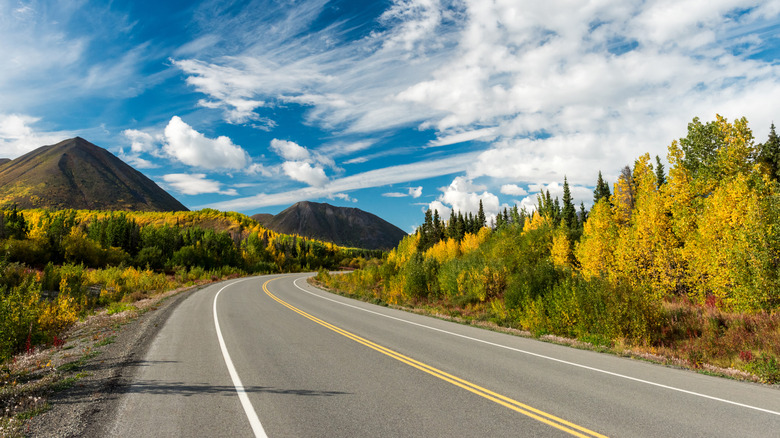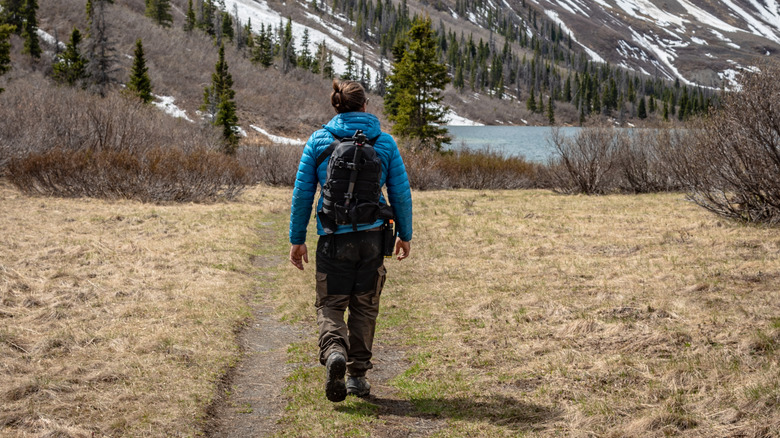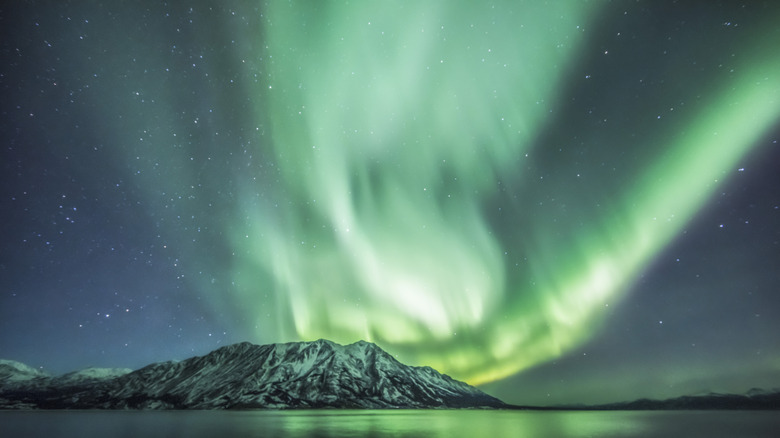There’s no denying that Canada offers some of the best outdoor adventures. From being the home of the world’s largest freshwater island to having one of the world’s best scenic road trips, there’s a lot to explore. Take your next stop in Kluane National Park and Reserve, an impressive national park in southwestern Yukon that cannot be missed. Around 100 miles from Whitehorse, the park is home to Canada’s tallest mountain, Mount Logan, and is a UNESCO World Heritage Site.
To get here, you can fly into the international airport in Whitehorse. From there, you can drive via the Alaska Highway or the Haines Road if you’re coming from the south. Spanning nearly 8,500 square miles, there is so much to see and do once you’re at the park. It has a plethora of adventures to offer on land, water, and air. You can visit for a day trip and go hiking, or turn your trip into a multi-day adventure with camping for a couple of nights.
If you want to dip your toes in the water, you can go rafting on the Alsek River. For a more laid-back time, enjoy paddling, canoeing, or kayaking on the major lakes. There’s also an abundance of wildlife to see, with grizzly and black bears, mountain goats, different bird species, and Dall sheep roaming the landscapes. To venture deeper into the mountains in and around Kluane National Park and Reserve, you’ll have to fly or go on a mountaineering tour.
Year-round experiences in Kluane National Park and Reserve
One of the most popular things to do in Kluane National Park and Reserve is to hike its countless trails and routes. If you’re a beginner, accessing the trails of Soldier’s Summit or Spruce Beetle trails could be a good bet. The Soldier’s Summit takes 20 to 60 minutes, while the Spruce Beetle trail takes 30 to 60 minutes. If you’re up for a challenge, the King’s Throne Trail is what most people recommend. The trek takes four to six hours, but if you want to go up the summit, it’s a total of eight to 10 hours to complete.
For a different perspective, hop on a plane and get a bird’s-eye view of the glaciers and ice fields that make up 82% of the national park with a flightseeing tour. For an even better look at Canada’s tallest peak, Mount Logan, you can sign up for an Icefield Discovery experience. This is an opportunity to learn more about the glaciers and explore the ice fields in this Canadian marvel first-hand.
In the summer, you can experience up to 19 hours of sun from June to September. It’s the opposite for winter, where on some days, you’ll only get to experience four hours of sunshine. However, one of the best things to do during winter is to catch a glimpse of the northern lights, visible from late August to mid-April. Dog-sledding, snowshoeing, and ice fishing are also popular at this time. June has an average temperature of 52 degrees Fahrenheit, though there’s always a chance of colder weather. In January, the average temperature is minus 6 degrees Fahrenheit, so make sure to pack lots of layers.




